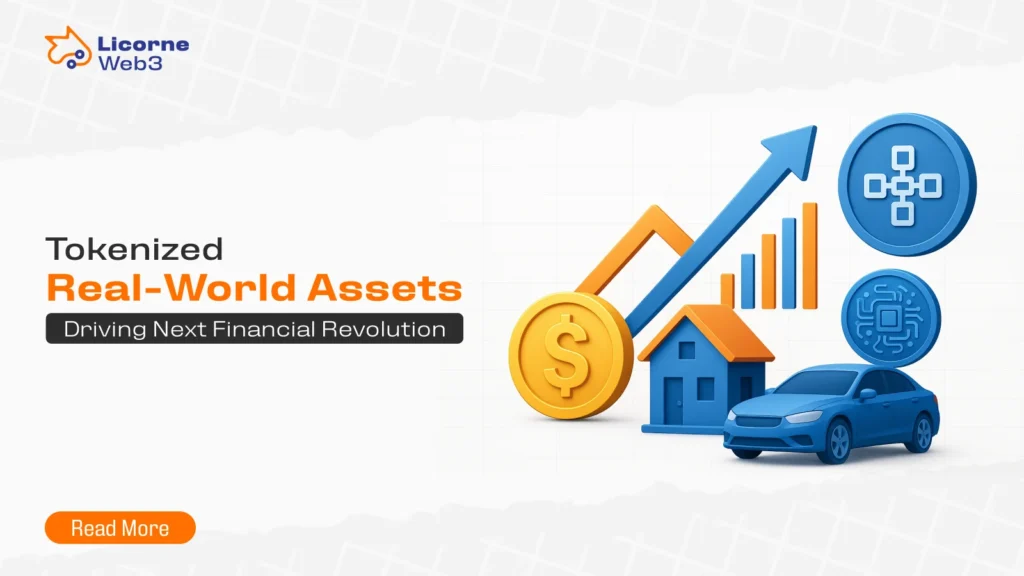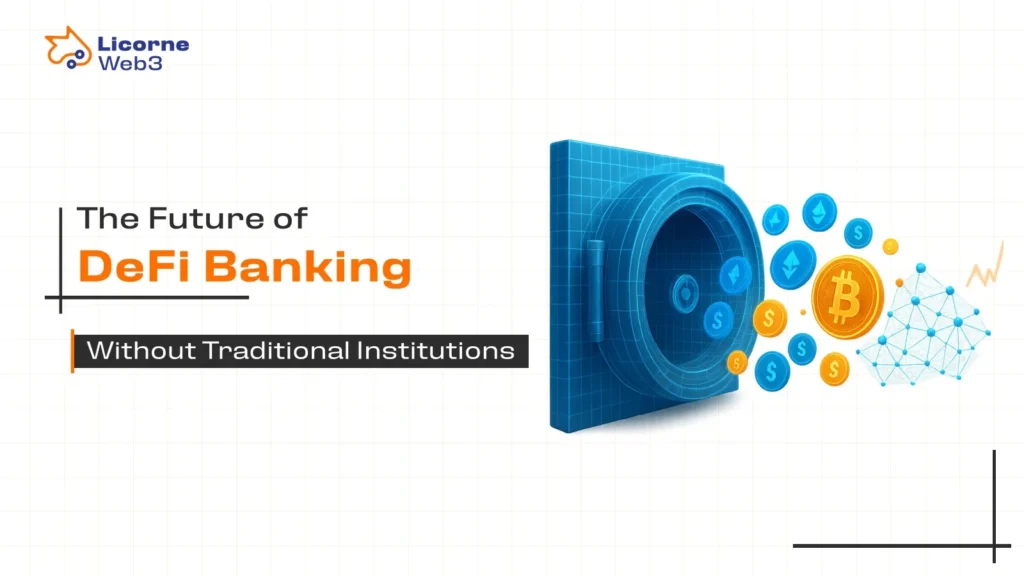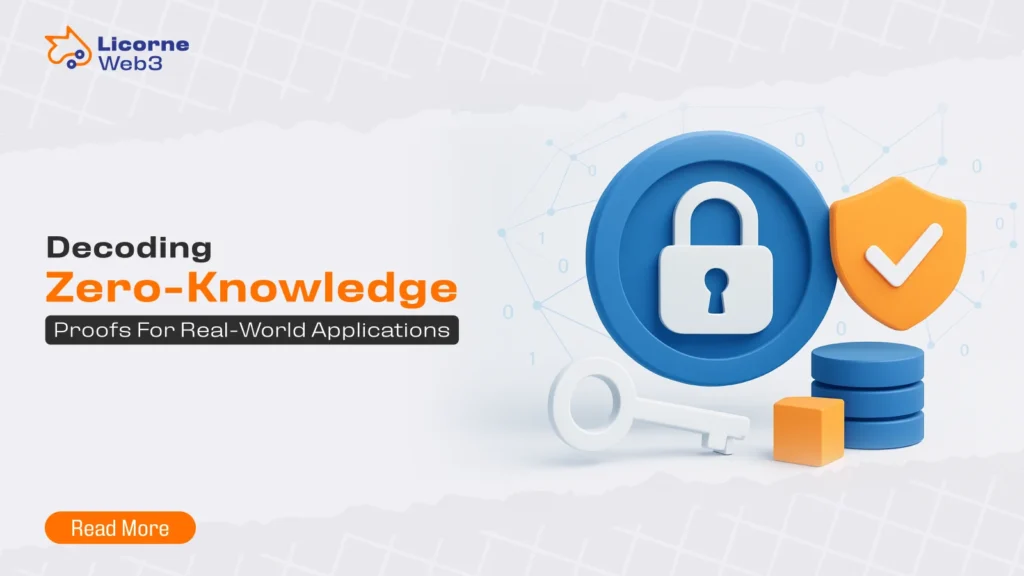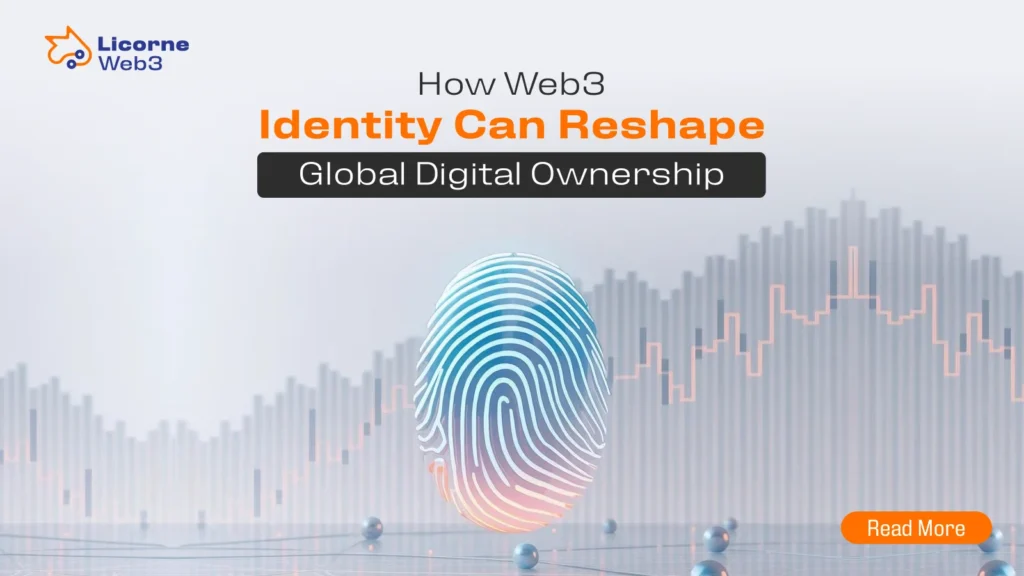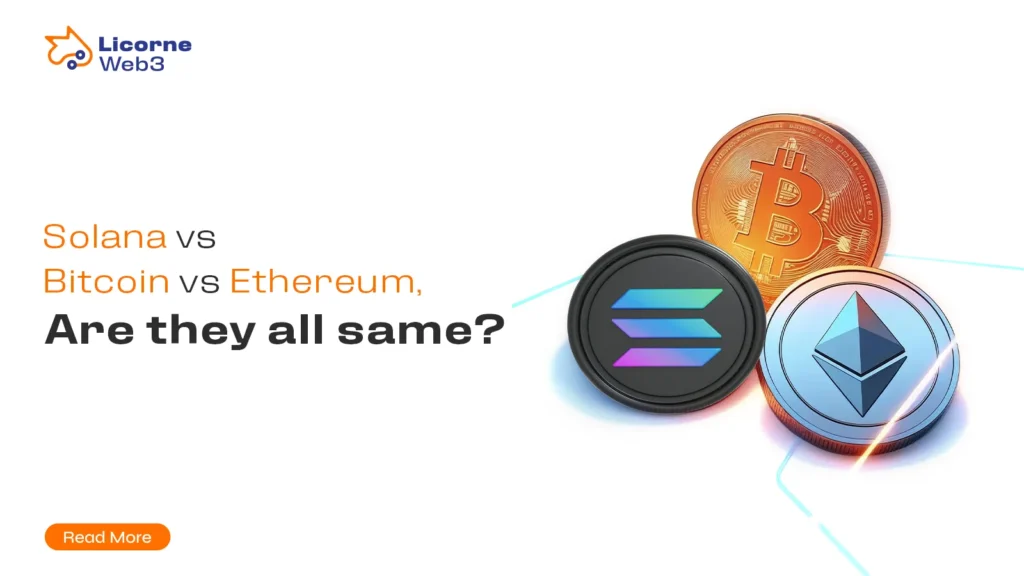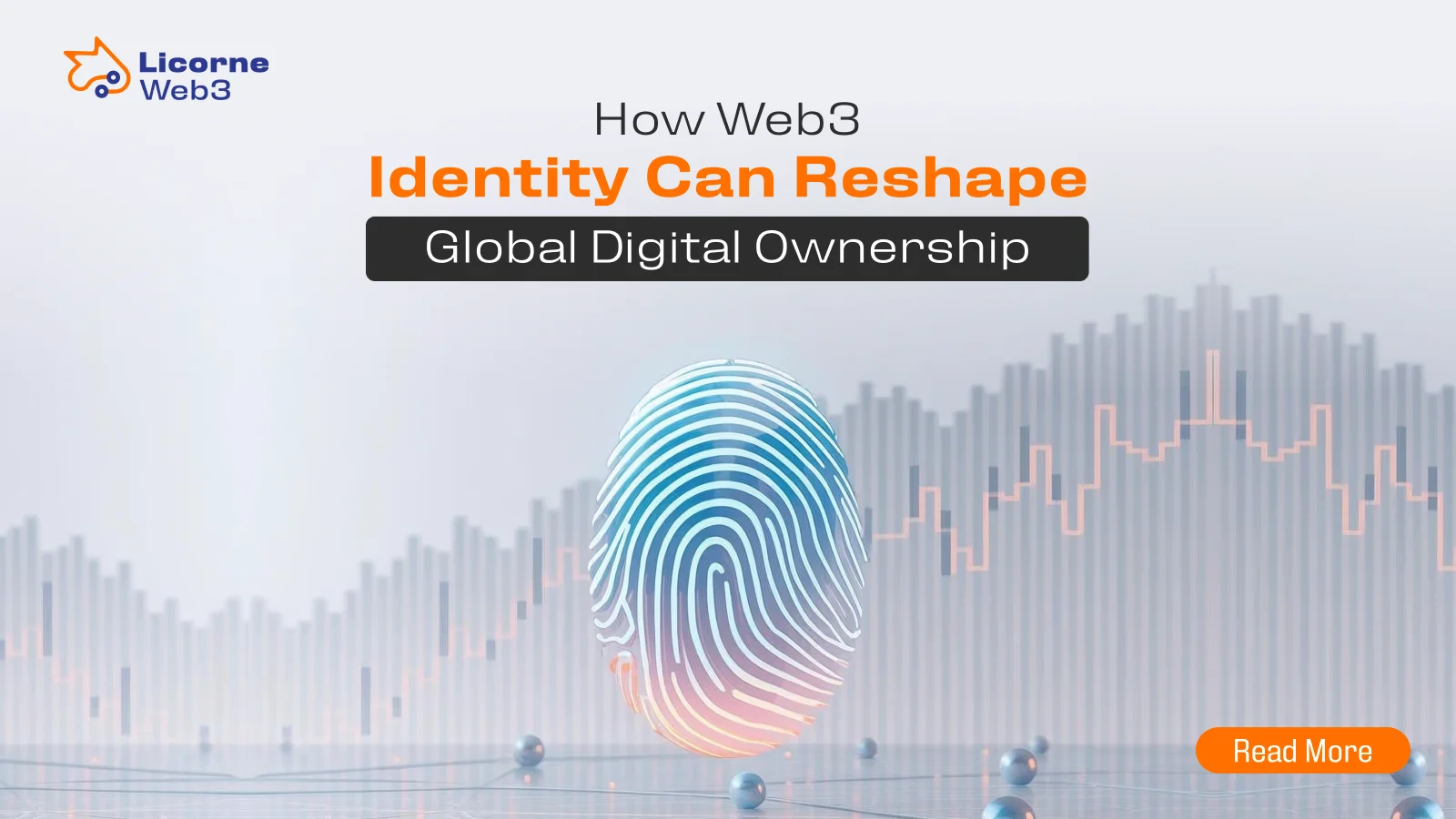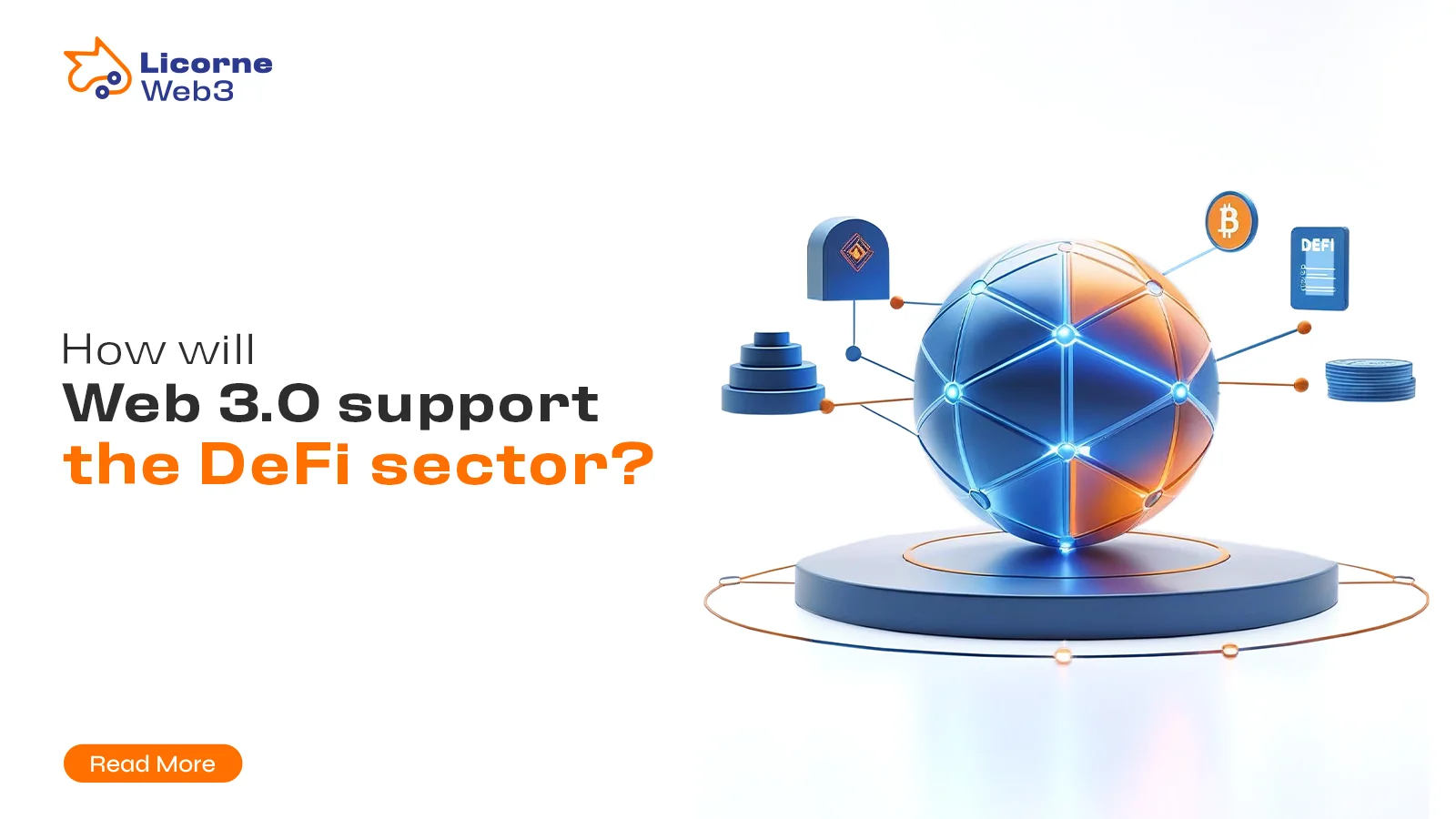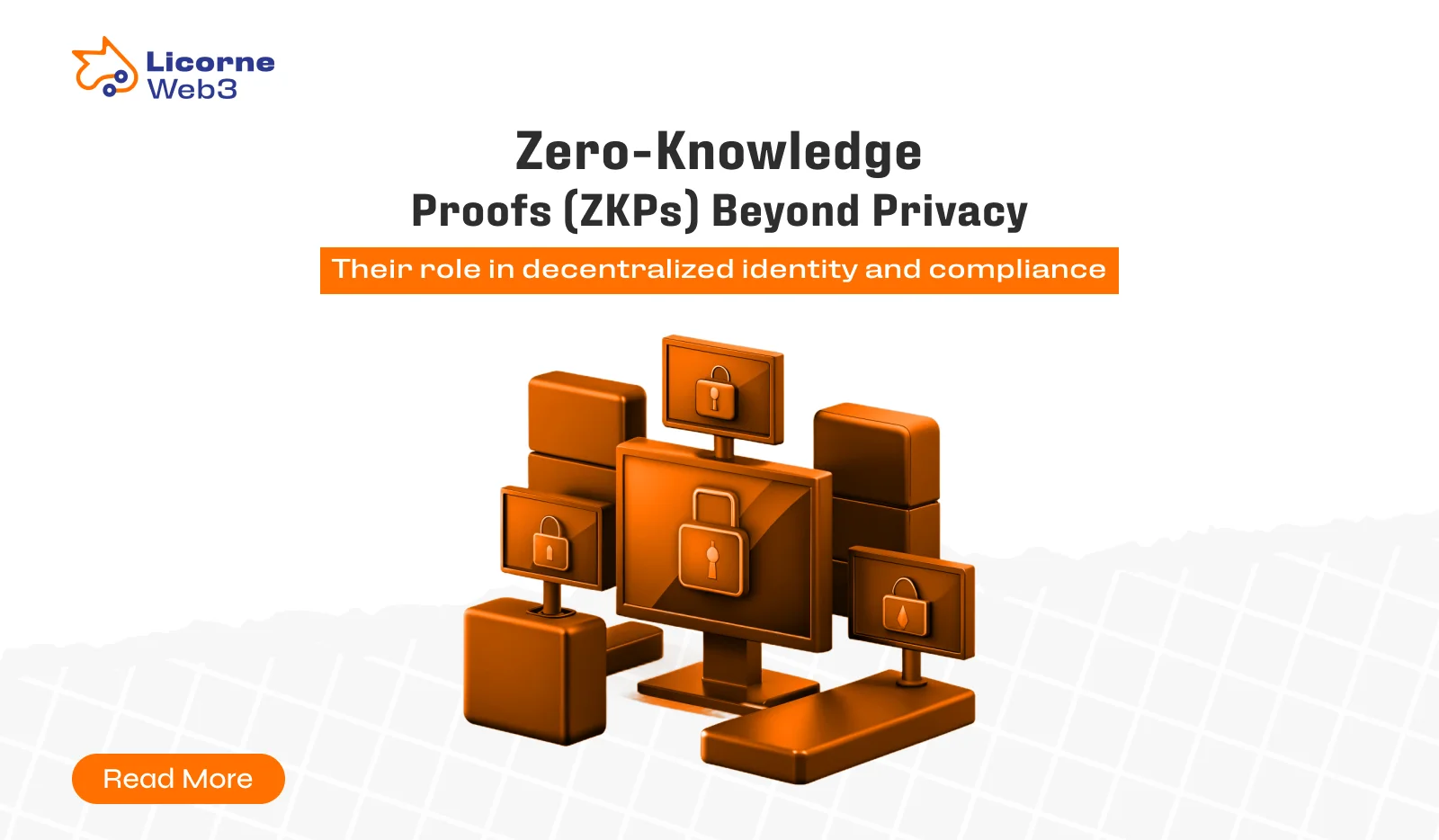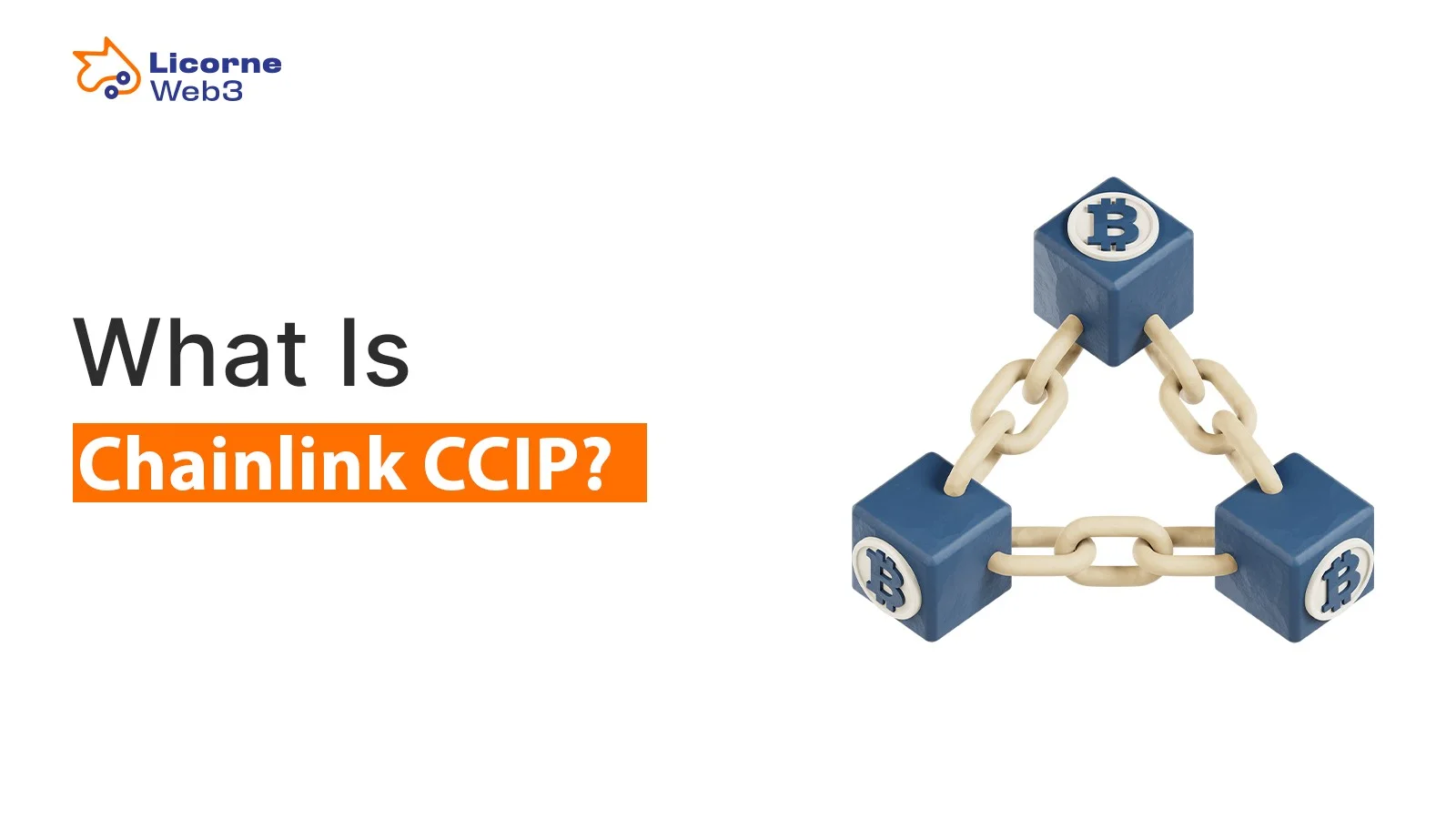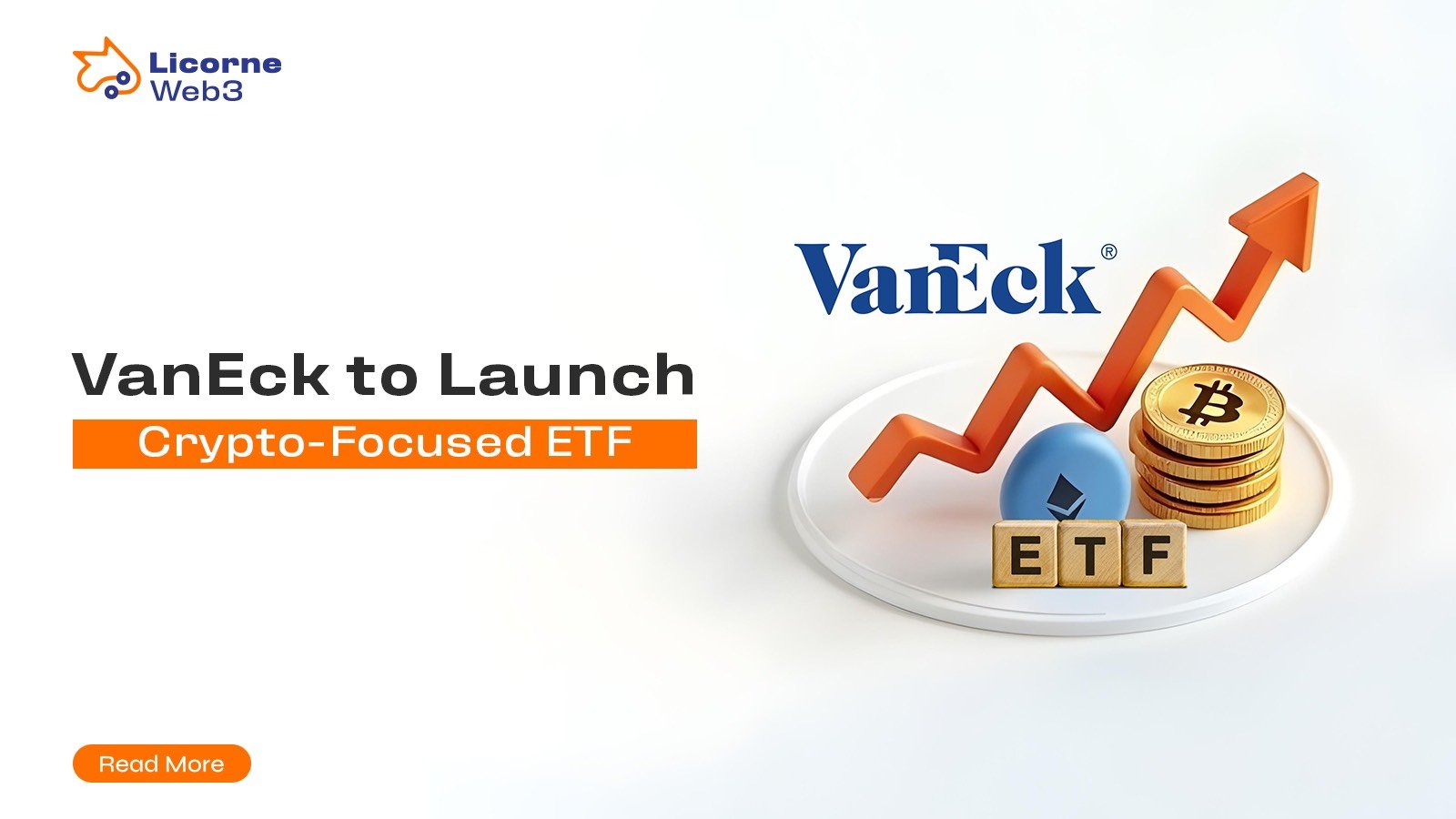Imagine owning a piece of digital art so rare that it’s unique to you, proven and protected by the latest in blockchain technology. Welcome to the fascinating world of Non-Fungible Tokens (NFTs) – a universe where art, virtual real estate, and unique collectables are no longer confined to the physical world but thrive in the vast expanse of the digital realm. As we dive into 2025, NFTs are not just a trend; they are the significant players in the Web3 ecosystem, driving innovation, creativity, and new forms of ownership like never before.
Let’s explore the transformative power of NFTs in the Web3 landscape, from gaming and digital art to real estate and decentralized finance. Discover how these unique digital assets are redefining ownership, creating thriving virtual economies, and empowering creators. It’s a brave new world, and NFTs are at the forefront, leading us into an era of unprecedented digital possibilities.
What are NFTs?
NFTs, or Non-Fungible Tokens, are a type of digital asset that stands apart from cryptocurrencies like Bitcoin or Ethereum. Unlike these cryptocurrencies, which are fungible (one Bitcoin is always worth another Bitcoin), each NFT is unique.
This uniqueness means that no two NFTs are exactly alike. They are represented on a blockchain a decentralized digital ledger that ensures the authenticity and ownership of these assets.
Key Characteristics of NFTs
- Uniqueness: Each NFT possesses distinct properties that set it apart from any other token. This uniqueness is often tied to metadata that describes the asset, such as its name, description, and other attributes.
- Ownership: NFTs provide a transparent proof of ownership recorded on the blockchain. This ownership cannot be altered, ensuring that the holder of the NFT is the rightful owner. This aspect of NFTs is particularly appealing to artists and creators, as it allows them to sell their work directly to consumers without intermediaries.
- Interoperability: NFTs can interact across different platforms and markets. This interoperability means that an NFT created on one platform can be traded, sold, or displayed on another, thanks to the compatible standards and protocols within the blockchain ecosystem.
Standards and Protocols
NFTs operate on specific standards and protocols that ensure their functionality:
- ERC-721: The most common standard that enables the creation and exchange of NFTs on the Ethereum blockchain.
- ERC-1155: An advanced standard allowing for the management of multiple token types within a single contract, enabling more complex interactions.
Examples and Use Cases:
NFTs span a wide variety of digital assets, including but not limited to:
- Digital Art: Artists can create and sell their art as NFTs. Each piece is unique and comes with proof of ownership, making it easy to verify authenticity.
- Virtual Real Estate: Entire parcels of virtual land can be bought, sold, and traded as NFTs. Platforms like Decentraland and The Sandbox are popular for virtual real estate transactions.
- Collectibles: From trading cards to virtual pets, NFTs have revolutionized the collectibles market. Each collectible is unique and can be owned and traded.
- In-Game Items: Gamers can purchase, own, and trade items within games as NFTs, giving them real-world value. This inclusion of NFTs in gaming has created new economies within virtual worlds.
NFTs continue to reshape the digital landscape with their unique properties and diverse applications. Understanding their characteristics helps in appreciating their potential and significance within the Web3 ecosystem.
NFTs in DeFi: Unlocking New Possibilities
NFTs are revolutionizing the decentralized finance (DeFi) space with innovative applications.
Collateralization
NFTs are making their mark in decentralized finance (DeFi) by being used as collateral for loans. This innovative use allows NFT owners to leverage their assets without selling them. As a result, it adds a new layer of utility and value to NFTs. Imagine being able to secure a loan without parting with your prized digital art or collectible. This is now a reality in the DeFi space.
Fractional Ownership
Fractional ownership is another groundbreaking concept in the world of NFTs. It allows NFTs to be divided into smaller units. This means several individuals can own a part of a high-value NFT. Consequently, this democratizes ownership, making it accessible to a broader audience. No longer do you need to be a millionaire to own a piece of a valuable digital asset. Fractional ownership opens the doors to more people, allowing them to invest in and benefit from the growing NFT market.
The Impact of NFTs on Web3:
NFTs are revolutionizing the Web3 space with their innovative applications and transformative potential.
Decentralized Marketplaces
NFTs have fostered the growth of decentralized marketplaces. These platforms operate without intermediaries, providing frictionless and transparent transactions for digital assets. As a result, buyers and sellers can interact directly, ensuring a more efficient and trustworthy exchange. This shift is reshaping the digital economy, making it more accessible and equitable for all participants.
Creator Empowerment
NFTs empower creators by eliminating middlemen and allowing direct monetization. Artists, musicians, and creators can sell their work directly to their fans. This ensures they receive rightful compensation for their efforts. Additionally, it fosters a stronger connection with their audiences. By leveraging NFTs, creators can retain more control over their intellectual property and build sustainable revenue streams.
Community Engagement
NFTs play a significant role in building and engaging Web3 communities. By offering exclusive digital assets, NFTs incentivize community participation and loyalty. These unique tokens can represent membership, access to special content, or even voting rights within a community. This creates a sense of belonging and encourages active involvement. As a result, communities become more vibrant and cohesive, driving further innovation and collaboration.
Future Prospects of NFTs
NFTs are set to revolutionize various industries with their innovative applications and transformative potential.
Evolving Standards
The standards governing NFTs are continuously evolving. As technology advances, future improvements and new standards will enhance their functionality and interoperability. This evolution will open up even more possibilities for NFTs. Developers and creators will be able to build more sophisticated and versatile applications. Consequently, the NFT ecosystem will become more robust and user-friendly.
Mass Adoption
As more people and businesses recognize the potential of NFTs, their adoption is expected to grow significantly. This widespread acceptance will further integrate NFTs into everyday life. From art and entertainment to finance and beyond, NFTs will become a common part of various industries. The increased adoption will also drive innovation, as more use cases and applications are explored. As a result, NFTs will become an integral part of the digital economy.
Innovative Applications
The potential applications of NFTs are vast and constantly expanding. We may soon see innovative uses in fields we haven’t yet imagined. For instance, NFTs could revolutionize the real estate industry by tokenizing property ownership. They could also transform the education sector by certifying academic credentials. The possibilities are endless, and the Web3 ecosystem will continue to benefit from these advancements. As NFTs evolve, they will demonstrate their versatility and potential to reshape various aspects of our lives.
Conclusion
NFTs are more than just digital collectibles; they’re the bedrock of a growing Web3 ecosystem. They empower creators, foster communities, and democratize ownership in ways we hadn’t seen before. As we continue to explore and develop Web3, NFTs will undoubtedly play an integral role.
In my opinion, the potential of NFTs is immense. They are not only transforming the way we perceive digital assets but also creating new opportunities for innovation and collaboration. By enabling direct monetization and eliminating intermediaries, NFTs are giving creators more control over their work and fostering stronger connections with their audiences. Additionally, the concept of fractional ownership is making high-value assets accessible to a broader audience, further democratizing the digital economy.
As we move forward, I believe that NFTs will continue to evolve and find new applications in various industries. From art and entertainment to finance and real estate, the possibilities are endless. The integration of NFTs into the Web3 ecosystem is just the beginning, and I am excited to see how they will shape the future of digital interactions and ownership.
Author
-

Blockchain Writer & Web3 Expert
View all posts
Areej Maqbool is a Blockchain writer and thought leader with over 5 years of experience in crafting compelling narratives and insights on blockchain and Web3 innovation. Her expertise spans the intersection of technology, business, and society, with a focus on decentralized applications, smart contracts, and blockchain adoption.
Key Expertise:
- Blockchain and Web3 storytelling
- Technical writing for blockchain and Web3 projects
- Thought leadership and opinion editorials
- Research and analysis on blockchain and Web3 trends



